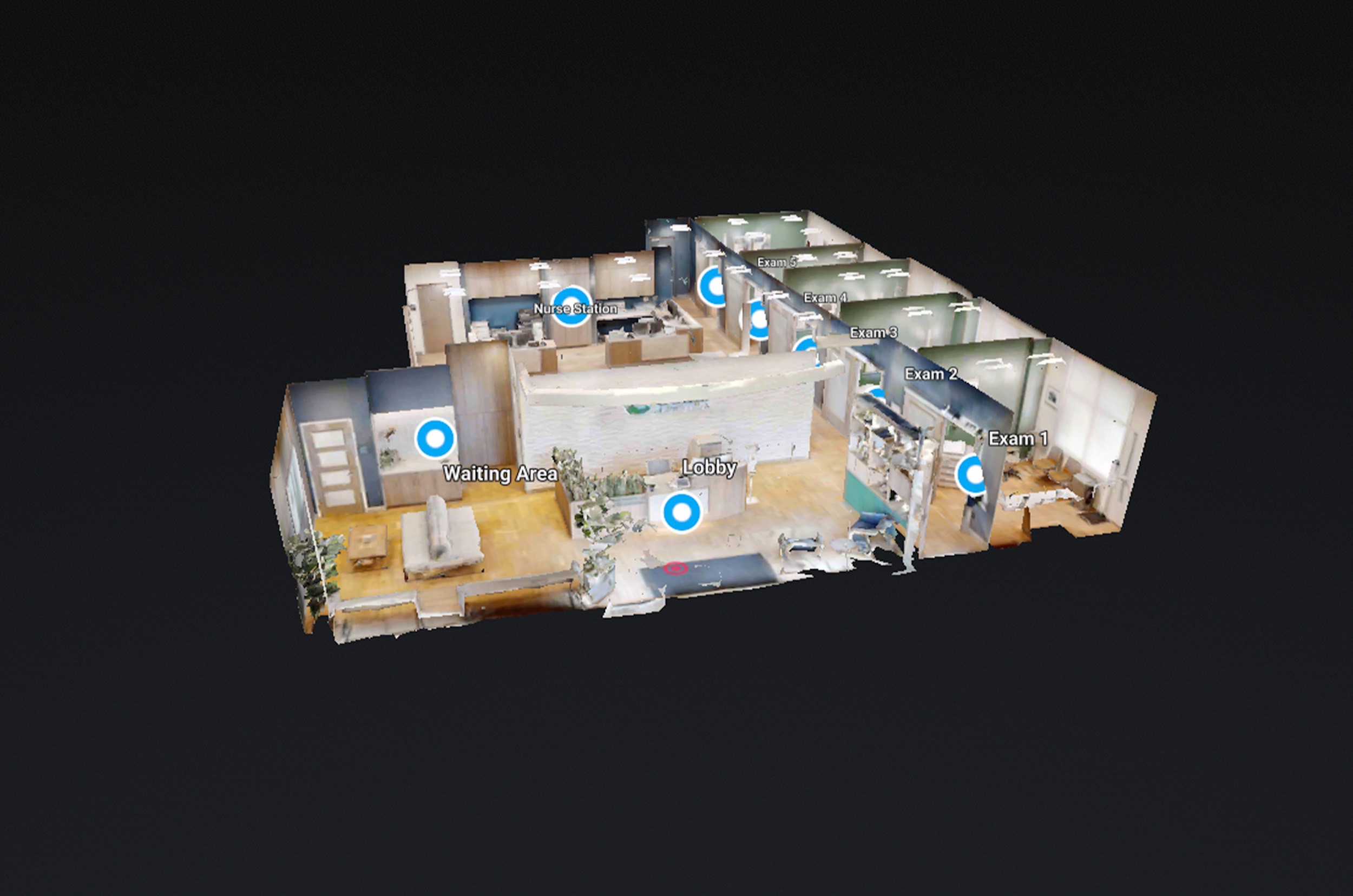In today’s fast-paced, technology-driven world, the way we experience and understand physical spaces is rapidly evolving. Matterport 3D tours have emerged as a revolutionary tool, offering an immersive and interactive way to explore spaces without ever stepping foot inside them.
Whether you’re a real estate enthusiast, a business owner, or someone curious about architecture, Matterport’s technology provides a comprehensive understanding of any space, bridging the gap between virtual and reality. Let’s explore how these Matterport 3D tours are reshaping our perception of environments.
Immersive Exploration
Matterport 3D tours allow users to virtually walk through a space as if they were physically present. Unlike traditional photos or videos, these tours provide a 360-degree view, offering a complete and detailed look at every nook and cranny. This immersive experience enables users to gauge the true feel and flow of a space, making it an invaluable tool for those considering purchasing property or planning renovations.
Enhanced Visualization
For architects, interior designers, and real estate agents, Matterport 3D tours offer a powerful visualization tool. Clients can examine spatial layouts, room sizes, and even the interplay of light and shadow throughout the day. This detailed visualization aids in effective decision-making, allowing potential buyers or renters to understand how a space can meet their needs or be adapted to their tastes.
Accessibility and Convenience
One of the standout benefits of Matterport 3D tours is accessibility. Users can explore spaces from anywhere in the world, at any time. This convenience is particularly beneficial for international buyers, busy professionals, or those with mobility challenges, as it removes the necessity for physical travel. Furthermore, it allows for repeated viewings, enabling users to revisit a space as many times as needed to feel confident in their decision-making.
Versatility Across Industries
While Matterport 3D tours are widely used in real estate, their applications extend far beyond. Museums and historical sites use them to offer virtual tours, making culture and history accessible to a global audience. Retailers use them to create virtual stores, enhancing the online shopping experience. Even construction companies utilize them to document progress and share updates with stakeholders in real time. This versatility demonstrates the broad impact of Matterport technology across various sectors.
Conclusion
Matterport 3D tours have transformed the way we interact with and understand spaces. By providing an immersive, detailed, and accessible exploration experience, they offer an unprecedented level of insight into any environment.
As this technology continues to evolve, it promises to further enhance our ability to visualize and engage with spaces in innovative ways. Whether you’re exploring a potential new home, planning a renovation, or visiting a virtual museum, Matterport 3D tours open up a world of possibilities, making space exploration more intuitive and comprehensive than ever before.







